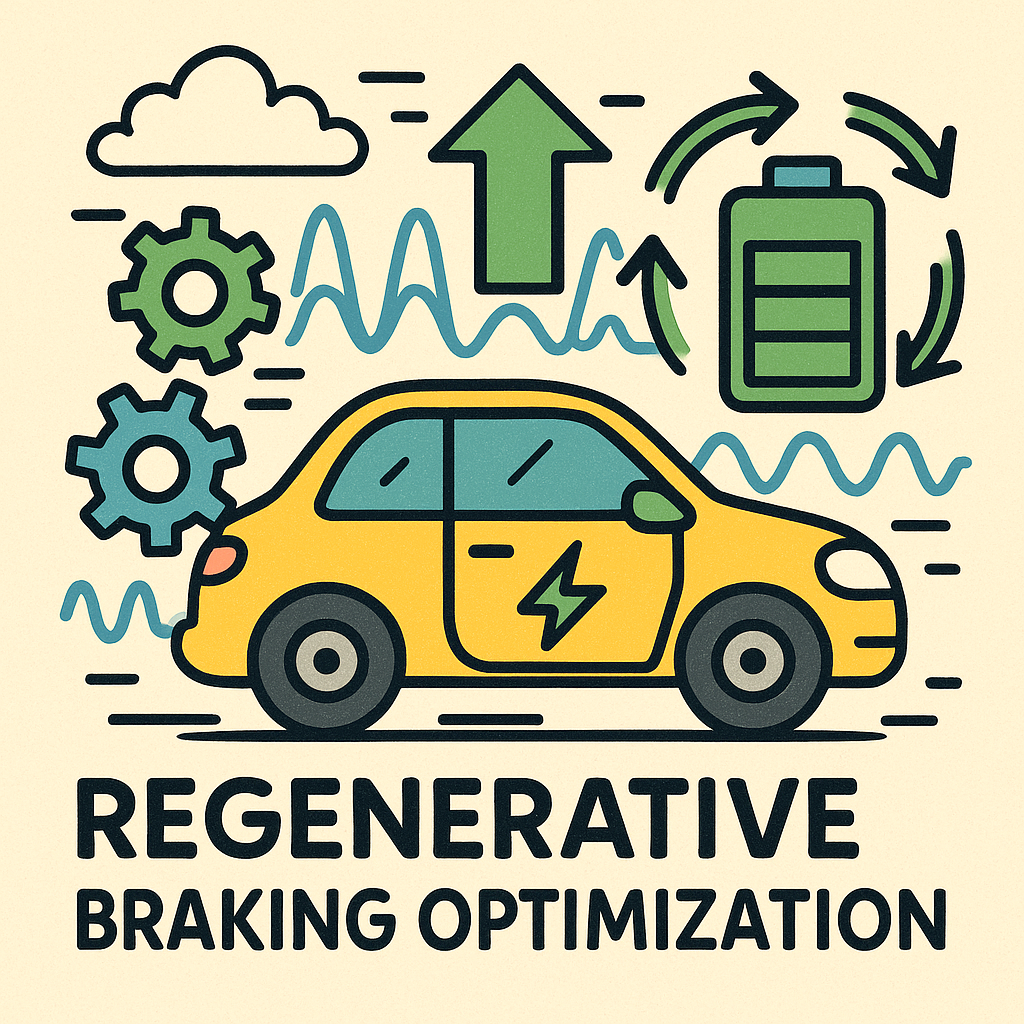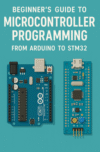Understanding PWM Control in Regenerative Braking Systems
Pulse Width Modulation (PWM) control is a cornerstone of modern electric vehicle (EV) regenerative braking systems. At its core, PWM enables precise control over the voltage and current supplied to the electric motor during braking, allowing for efficient energy recovery. However, optimizing these algorithms is no trivial feat, as it involves a deep understanding of both hardware capabilities and the dynamics of the vehicle.
The Challenge of Energy Recovery
Regenerative braking systems convert kinetic energy back into electrical energy when the vehicle slows down. The primary challenge here lies in the efficiency of this conversion. Traditional braking systems waste a significant portion of energy as heat, while regenerative systems aim to reclaim as much of that energy as possible. This requires finely-tuned algorithms that dictate how the electric motor operates during braking.
Hardware Considerations
The effectiveness of PWM control algorithms is heavily influenced by the hardware configuration. Key components include:
- Inverter: Converts DC from the battery to AC for the motor. The efficiency of this conversion directly impacts energy recovery.
- Motor Controller: Responsible for interpreting the PWM signal and controlling the motor’s torque and speed. This involves complex feedback loops that must react to changing conditions.
- Sensors: Torque, speed, and position sensors provide the data needed for the control algorithms to function accurately.
Each of these components must be selected and calibrated carefully to ensure optimal performance. For example, higher switching frequencies in the inverter can improve the smoothness of motor operation but may lead to increased losses due to switching heat.
Firmware and Algorithm Optimization
On the firmware side, the development of the PWM control algorithm involves implementing a series of mathematical models that predict the vehicle’s behavior. The use of dynamic models allows for real-time adjustments based on sensor feedback. However, the complexity of these algorithms can lead to increased processing demands on the microcontroller, necessitating careful optimization.
One common approach is to use fuzzy logic or adaptive control techniques, which adjust the PWM duty cycle based on real-time conditions. For instance, during a gentle deceleration, the algorithm might apply a lower duty cycle to maximize energy recovery without causing discomfort to the passengers. Conversely, in a rapid stop scenario, it could increase the duty cycle to ensure maximum deceleration and energy capture.
Real-World Design Tradeoffs
When designing PWM control algorithms for regenerative braking, engineers must navigate a series of tradeoffs. Higher efficiency often comes at the cost of increased complexity and processing requirements. Additionally, there’s the balance of optimizing for energy recovery versus vehicle safety and comfort. If the algorithm is too aggressive in energy recovery, it could lead to a jerky ride or even loss of control under certain conditions.
Another critical aspect is thermal management. The heat generated by the inverter and motor during regenerative braking can significantly affect performance. Effective cooling solutions must be integrated into the design to prevent overheating, which in turn can influence the PWM control strategy. Engineers often implement thermal models into their algorithms to predict and mitigate overheating risks.
Challenges in Real-World Implementation
Despite the theoretical optimizations, real-world conditions present numerous challenges that can affect the performance of PWM control algorithms. Variances in battery state-of-charge (SoC), temperature fluctuations, and road conditions can all influence energy recovery efficiency. For example, a battery at low SoC may not accept energy efficiently, prompting the algorithm to adapt its strategy accordingly.
Furthermore, different driving habits must be taken into account. An aggressive driver may require a different PWM strategy than one who drives conservatively. To address this, some manufacturers are employing machine learning techniques that enable the system to learn and adapt to the driver’s behavior over time.
Future Directions for Optimization
As the automotive industry pushes towards greater sustainability, the optimization of PWM control algorithms will likely become even more critical. Future developments may include the integration of AI-driven predictive models that can analyze driving patterns and environmental data to enhance energy recovery dynamically. Such advancements hold promise for maximizing efficiency and improving the overall driving experience in electric vehicles.



